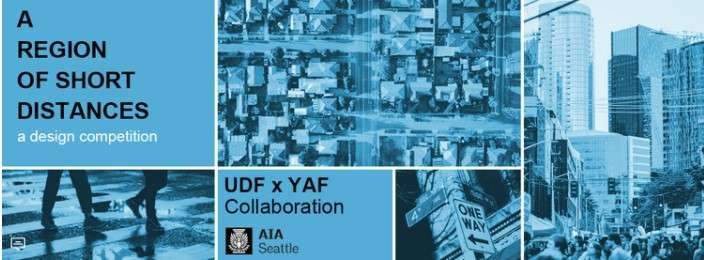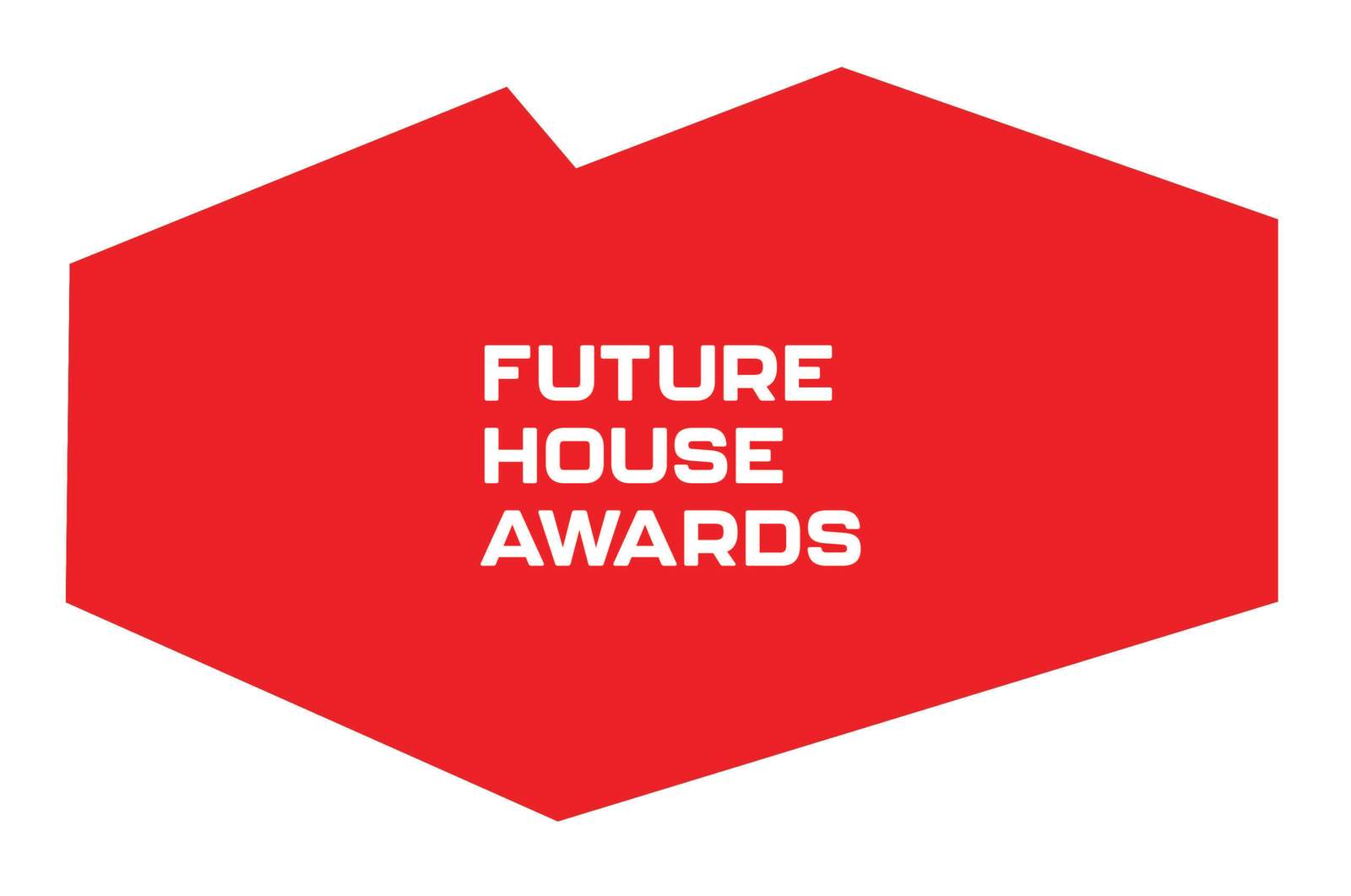Much of the world within the central Puget Sound Urban Growth Area is auto-dependent. Strip-mall highways surround miles of cul-de-sac subdivisions in suburbs like Mill Creek and Maple Valley. Even some older neighborhoods within Seattle city limits like Laurelhurst, View Ridge, Magnolia, and Beacon Hill have vast areas that aren’t conventionally walkable thanks to single-use neighborhoods, highways, and terrain. As we densify without improving walkability, automobile dependence increases, and further strain is placed on our infrastructure.
As we move toward independence from automobiles, the structure of our urban environment must change in order that no urban places are hooked in to the car . during a post-coronavirus world, this strategy of short distances is vital for public health to scale back the viral transmission that naturally occurs at large, amalgamated suburban centers.
What is a Microneighborhood?
A microneighborhood is a small concentration of services, businesses, and third places, ideally served by transit. It exists separate from other urban structures such as corridors, larger neighborhood centers, or downtowns. It provides a central place for an otherwise homogeneous single-use neighborhood, and increases the walkability of an otherwise unserved residential area.
Our region already has many small microneighborhoods of varying sizes, forms, and levels of income. These are typically a block or two long; even single buildings such as corner stores can provide central places in what are otherwise unwalkable areas, and serve as. Please refer to the “Resources” section for a list of these emerging neighborhood nodes in Greater Seattle.
Design Challenge: How do we incrementally reshape our region to eradicate urban automobile dependency? A “City of Short Distances”, in which most needs of daily life are a short walk or bike-ride away, is the logical path forward for our region. We seek ideas that explore seeding areas of the greater Seattle region plagued by poor walkability with incrementally developed “microneighborhoods” at walkable intervals to restructure our region.
Eligibility: This competition is open internationally and to individuals or teams. Participants may only contribute to one proposal.
The competition is open to established and emerging design teams and individuals. Multidisciplinary teams are strongly encouraged. Possibilities include any combination of designers, developers, planners, architects, landscape architects, engineers, transit users, small business owners, people who live in neighborhoods, people who don’t live in neighborhoods, and the like.
Submission Requirements: Proposals must be submitted by 11:59 pm, Pacific Time on September 18, 2020. If the submission is from a team, the proposal should be submitted once and by one team member. Once the proposal is submitted no changes, additions, or alterations can be made.
A complete submission will contain the following:
- Completed online registration form including all team members
- Two 24” x 36” size (portrait format) boards uploaded as high resolution (min 300 dpi) PDF or JPEG files (20 MB max each). Boards must include but are not limited to:
- Overall project site location
- Master Plan
- Site Section
- Series of “snapshot diagrams” depicting the chosen site’s development from 2020 to 2100 at 20-year intervals.
- A 1000 word maximum design abstract as a PDF file.
If proposing an alternate site, a complete submission will also include the following:
- Diagram showing the location of the project site within metro Seattle, including walking radius and confirmation that it meets the alternate site requirements listed in the “Site Typologies” section of the Additional Information Packet
- Statement of the site’s typological class (intact street grids, automobile-oriented, or hybrid)
Incomplete entries will be disqualified. Winners may be asked to submit original files for exhibit and publication purposes.
Please refrain from putting any personal/identifiable information on the submitted boards or in the design abstract.
*By completing your submission, you agree that AIA Seattle has the rights to publish all materials submitted in both online and promotional media. AIA Seattle will credit authorship to you and your team members. You also hereby warrant that the submission is original and that you and any teammates are its author(s).
Download the information related to this competition here.
-
Title
Call for Entries: Towards A Region Of Short Distances -
Type
Competition Announcement (Ideas) -
Website
-
Organizers
Urban Design Forum & Young Architects Forum of AIA Seattle -
Registration Deadline
September 18, 2020 11:59 PM -
Submission Deadline
September 25, 2020 11:59 PM -
Venue
Seattle, WA, USA -
Price
Free





